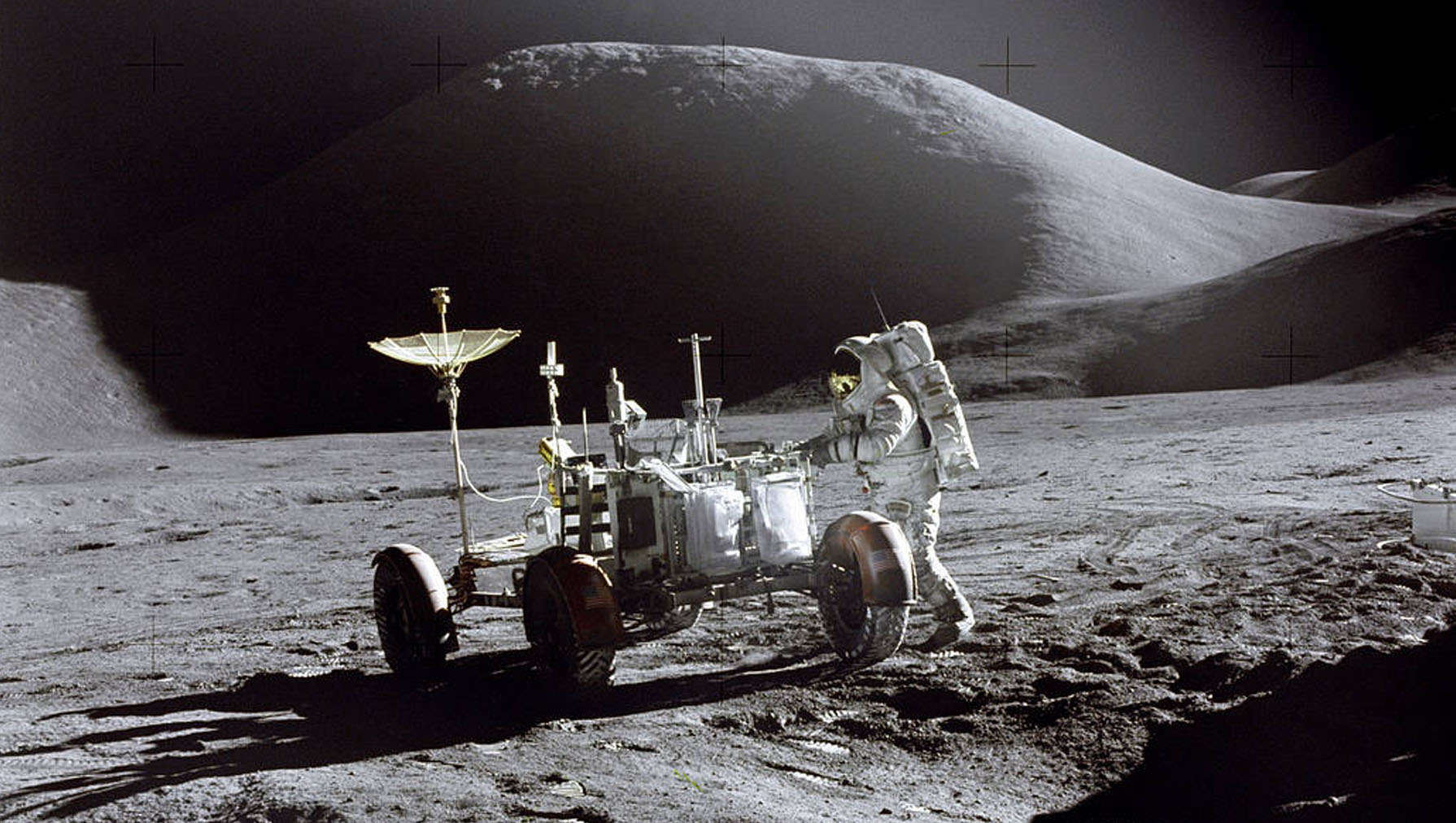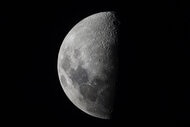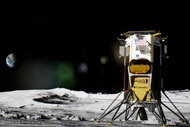Create a free profile to get unlimited access to exclusive videos, sweepstakes, and more!
Abracadabra! ESA is turning lunar dust into oxygen humans can actually breathe

Lunar dust is probably the last thing you’d ever want to breathe in, especially since its particles are so abrasive that they can wear away at space suits.
Anyone who has ever walked on the Moon and experienced a cough back in the landing module knows what this stuff can do. Because astronauts are human, and humans need oxygen, but schlepping tanks of it to the Moon would be way too expensive, ESA researchers and British company Metalysis are developing a method to extract it from particles of lunar dust where it would be otherwise inaccessible. Much of it would be used for rocket fuel (bonus points when your propellant weighs nothing). Astronauts hanging out on the Moon for a will also be breathing it.
“This exciting project forms part of ESA’s wider Space Resources Strategy which will help us demonstrate how material already present on the Moon can be used sustainably to support long-term space endeavours,” said Advenit Makaya, ESA materials engineer and project overseer.
Moon dust is so abrasive because the Moon does not experience the same geological phenomena that wear away at sharp particles on Earth. What might be surprising is that something which sounds so dreadful actually isn’t too different from minerals found on our planet—and that 45 percent of it is made up of oxygen. The thing is, that oxygen is stuck to molecules of metals like iron and titanium (which creates oxides), and even glass from rock that melted during asteroid collisions, which does nothing for the breathing situation over there.
When you separate oxygen from all those things that could make you hemorrhage on the inside, you have the raw materials to 3D-print lunar habitats. Metalysis already has a method of extracting minerals that is used for manufacturing on Earth, and it has already been proven to work with dust from the Moon. The European Space Research and Technology Center (ESTEC) tested this method in their new Materials and Electrical Components Laboratory. Researchers in the lab have been able to produce oxygen through the process Metalysis created, known as molten salt electrolysis, and measure the oxygen with a mass spectrometer as it is separated from everything scary that lurks in lunar regolith.
Extracting oxygen that can be used for breathing and rocket fuel means mixing it with an electrolyte, which in this case is calcium chloride salt. Electrolytes are electrically charged substances that contain ions and can be taken apart by electrolysis. The regolith and calcium chloride are placed in a basket that is heated to a high temperature that melts the salt but allows the regolith to remain solid. Zapping it with a current will extract the oxygen and morph the metals into metal alloys that can be used to build habitats. The released oxygen will then travel to a positively charged electrode, or anode, from which it can be collected. Metalysis doesn’t bother with this because there is nothing they need the oxygen for. Astronauts on the Moon will.
“The project will help us learn more about Metalysis’ process, and may even be a stepping stone to establishing an automated pilot oxygen plant on the Moon – with the added bonus of metal alloys that could be used by 3D printers to create construction materials,” Makaya said.
The process is still being upgraded, so by the time it gets to the Moon, there will be ways to get more oxygen out of it with less energy. ESTEC researchers are experimenting with different levels of electricity and electrolytes so they can possibly level up oxygen production. They are also trying to create a chamber for this process that is more compact, so it won’t add too much to the payload.
For any astronauts out there who were concerned about the potentially lethal effects of Moon dust, you can finally breathe.














